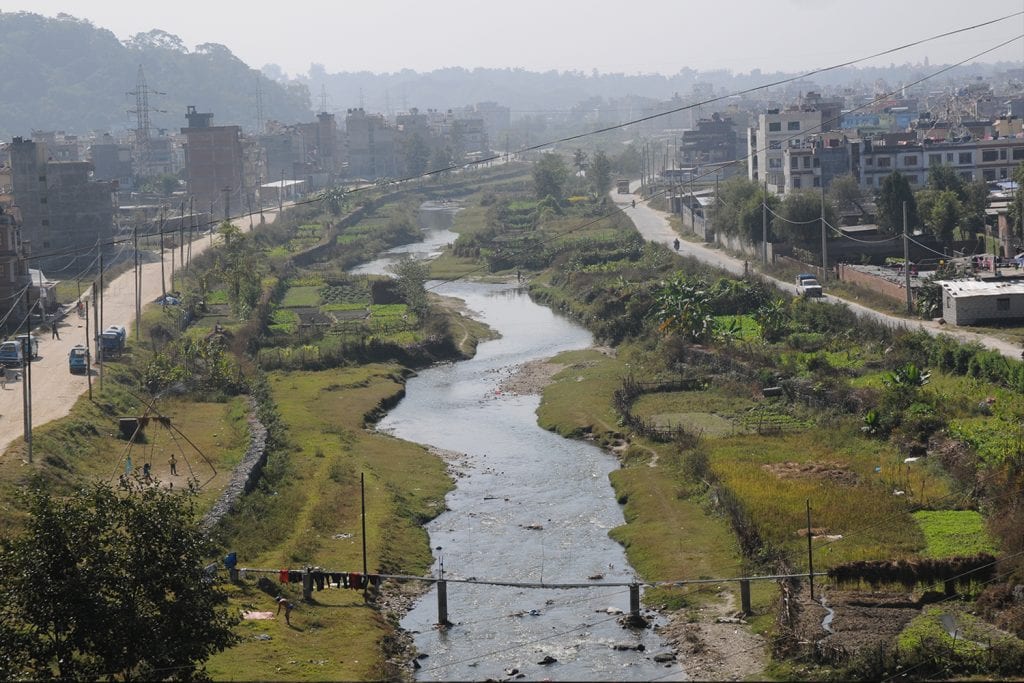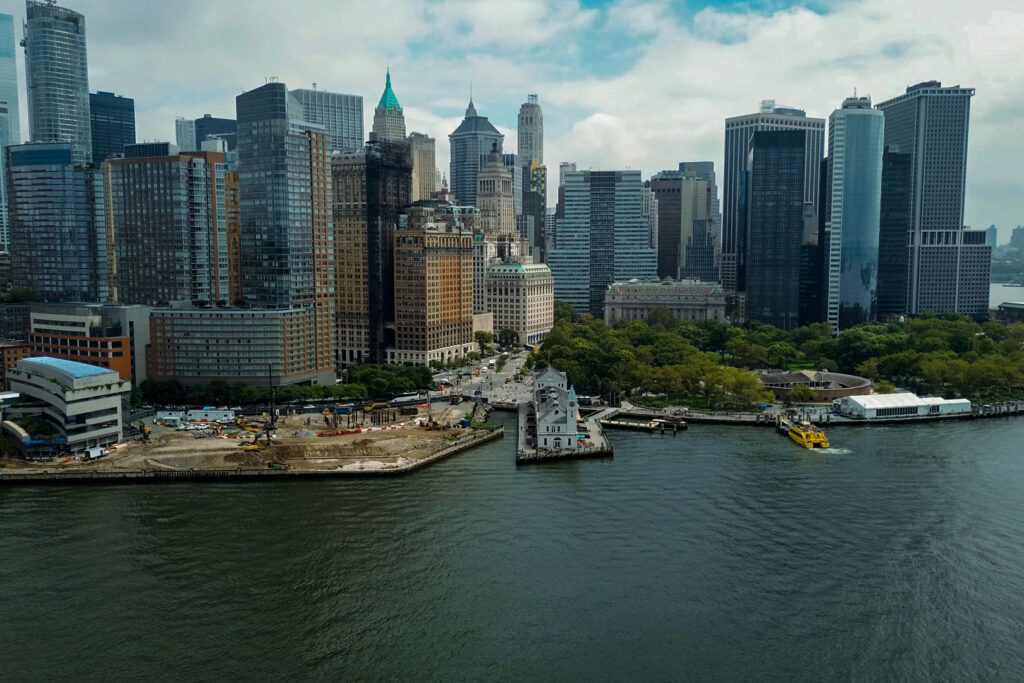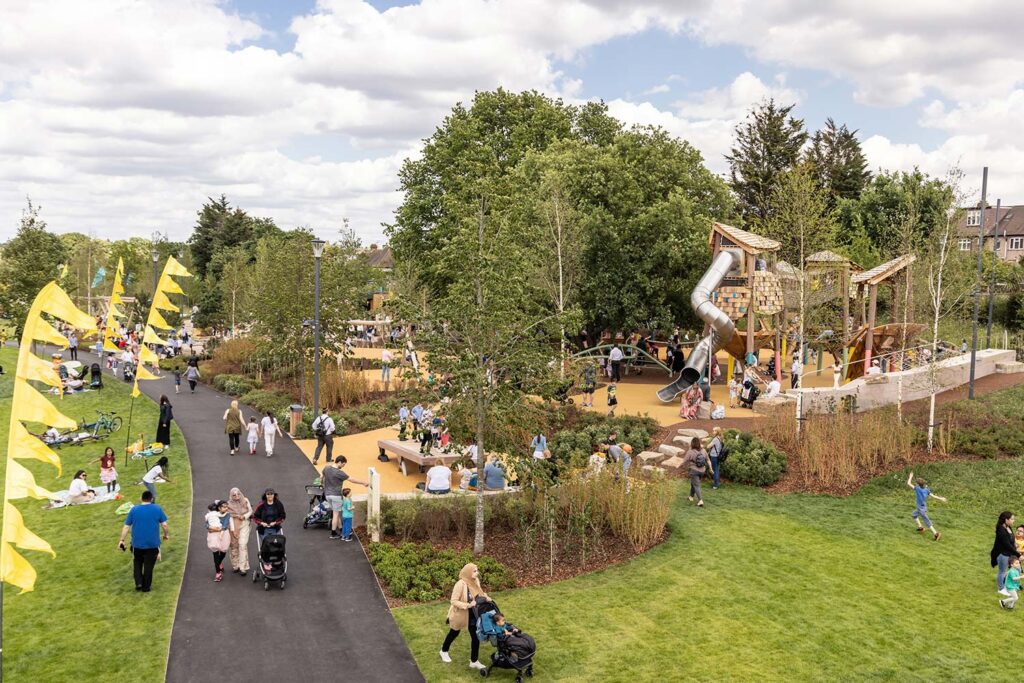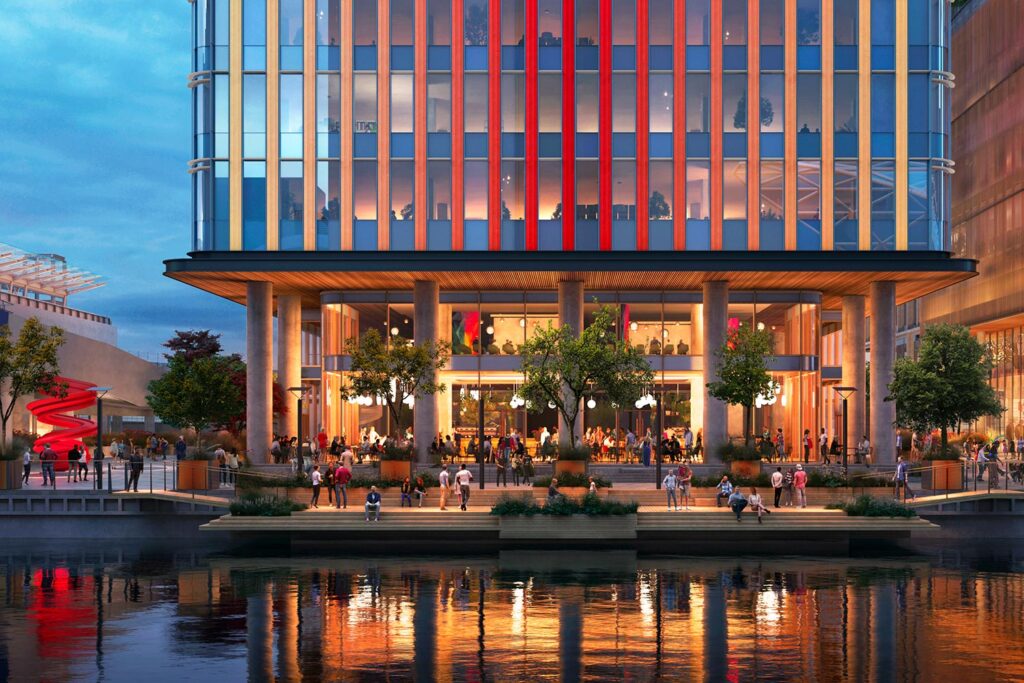
Back to nature
Bagmati River Basin
Kathmandu, Nepal
Project details
Client
Nepalese Government and Asian Development Bank (ADP)
Collaborator
BuroHappold, Landell Mills, Full Bright Consultants and PRECAR
Duration
2014 – ongoing
Services provided by Buro Happold
The sacred Bagmati River flows through the Kathmandu valley, creating a corridor through the urban environment.
It is considered a holy river, so being able to access the water for amenity, recreational and cultural use is essential in the daily lives and rituals of the predominantly Hindu community.
Challenge
Over time, the river has significantly degraded. Large amounts of untreated sewage and solid waste have polluted the water, compromising quality and diminishing its once pure and beautiful appearance.
The banks of the river have slipped and eroded creating steep, unstable edges that prevents the residents from accessing the water. Buro Happold was appointed to address these issues and assist the local design team with constructing a scheme to stabilise, improve and ‘beautify’ the river.

Solution
River restoration in Nepal has typically been addressed by using the traditional preferred approach of constructing masonry walls or gabion baskets along the riverbanks. This method is a simple design solution, however it is costly and requires tight supervision to ensure construction quality. It also neglects to address issues affecting the integrity and sustainability of the river.
Our experts recommended a different approach that will address the whole watercourse. This will involve using environmentally beneficial techniques that will clean up the river while promoting biodiversity and retaining and enhancing much of the existing natural beauty.
Value
In order to stabilise the riverbanks, a combination of vegetated gabion baskets, bio-engineering, and reinforced earth protection measures are proposed.
These are cost effective and generally re-use existing materials, providing a more natural appearance that will aid in giving the community back a recreational space with safe and pleasant access to the water’s edge.








